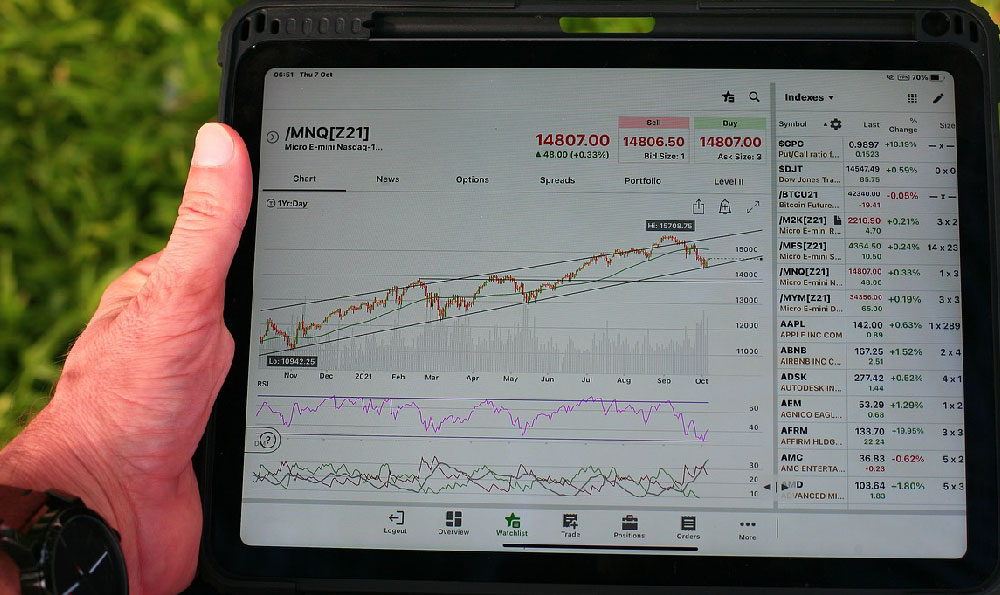The allure of turning a passion into profit is a powerful one, and photography, with its blend of artistry and technical skill, often beckons those seeking creative and financial fulfillment. The question of whether photography can be a profitable venture is not a simple yes or no. The truth lies in a nuanced understanding of the market, diligent effort, and a strategic approach to building a sustainable business. It is absolutely possible to generate income, but it requires more than just taking beautiful pictures.
The feasibility of making money through photography largely depends on the chosen niche. The photographic landscape is vast, encompassing a wide array of specializations, each with its own set of demands and revenue potentials. Wedding photography, for instance, can be incredibly lucrative, especially in regions where elaborate celebrations are common. However, it's also a highly competitive market, demanding long hours, intense pressure, and exceptional interpersonal skills to manage demanding clients on what is often one of the most important days of their lives. Portrait photography, be it family portraits, headshots, or individual sessions, offers another avenue for profit. Building a strong portfolio and a reputation for capturing flattering and authentic images is crucial for success in this area. Furthermore, understanding posing, lighting, and post-processing techniques is paramount.
Beyond these traditional genres, opportunities exist in niche areas such as real estate photography, food photography, product photography, and even stock photography. Real estate photography provides essential marketing materials for property listings, requiring skill in capturing interiors and exteriors in an appealing and informative manner. Food photography, often employed for restaurant menus and advertising campaigns, demands a keen eye for composition and lighting, transforming ordinary dishes into visually enticing masterpieces. Product photography focuses on showcasing the features and benefits of various products, essential for e-commerce businesses. Stock photography involves creating a library of high-quality images that can be licensed to individuals and businesses for a variety of purposes. While stock photography can be a passive income stream, the market is saturated, requiring a large volume of high-quality, in-demand images to generate significant earnings.

Regardless of the chosen specialization, building a robust online presence is vital for attracting clients and showcasing your work. A professional website is non-negotiable, serving as a digital portfolio and a hub for information about your services, pricing, and contact details. Social media platforms, such as Instagram, Facebook, and Pinterest, are invaluable tools for visual marketing. Regularly posting high-quality images, engaging with your audience, and utilizing relevant hashtags can significantly increase visibility and attract potential clients. Actively participating in online photography communities and forums can also help build connections and establish credibility within the industry.
Pricing your services appropriately is a crucial aspect of profitability. Undervaluing your work can devalue the profession as a whole and make it difficult to sustain a viable business. Thoroughly research the market rates for similar services in your area and factor in your experience, skill level, and the cost of equipment and overhead. It's essential to differentiate between cost and value. While focusing on competitive pricing is important, emphasizing the unique value you bring to the table, such as your artistic style, professionalism, and customer service, can justify higher rates. Transparent pricing, clearly outlining what is included in each package, is essential for building trust with clients.
Investment in equipment is unavoidable, but it should be approached strategically. While high-end gear can certainly enhance image quality, it's not always necessary to start with the most expensive options. Prioritize investing in a good quality camera body, versatile lenses, and reliable lighting equipment. As your business grows and your needs evolve, you can gradually upgrade your equipment. Renting equipment for specific projects can be a cost-effective alternative to purchasing, especially for specialized needs.
Beyond the technical and marketing aspects, developing strong business acumen is crucial for long-term success. This includes managing finances, tracking expenses, invoicing clients, and understanding basic contracts. Consider investing in business courses or seeking mentorship from experienced photographers to gain valuable insights into the business side of photography. Building strong relationships with clients, providing excellent customer service, and soliciting feedback are essential for building a positive reputation and generating repeat business. Word-of-mouth referrals are often the most effective form of advertising.
Perseverance and adaptability are essential qualities for any aspiring professional photographer. The industry is constantly evolving, with new technologies and trends emerging regularly. Staying up-to-date with the latest developments, continuously honing your skills, and being willing to adapt to changing market demands are crucial for staying competitive. Be prepared to face challenges and setbacks along the way, but maintain a positive attitude and a commitment to continuous improvement. The path to photographic profitability may not always be easy, but with dedication, skill, and a strategic approach, it is definitely achievable. The key is to treat photography not just as a passion, but as a serious business venture.












